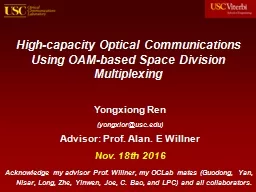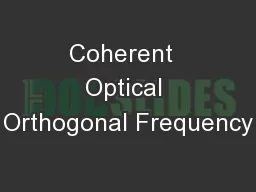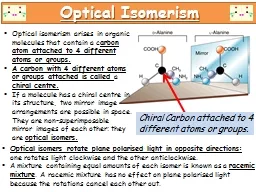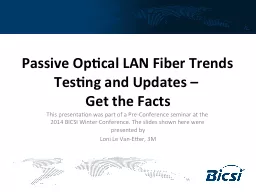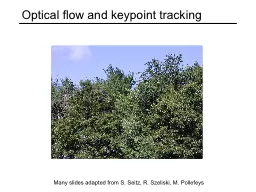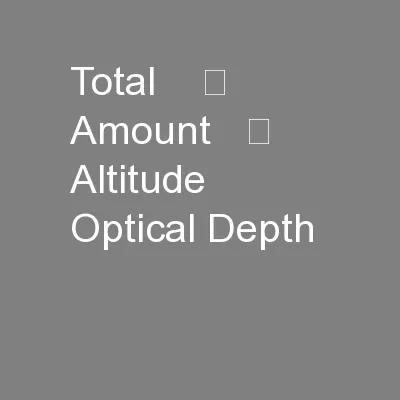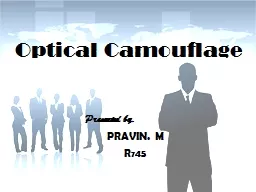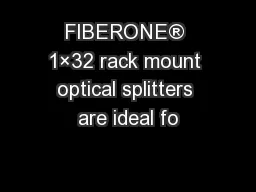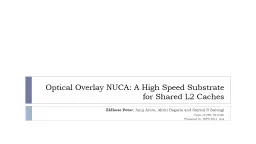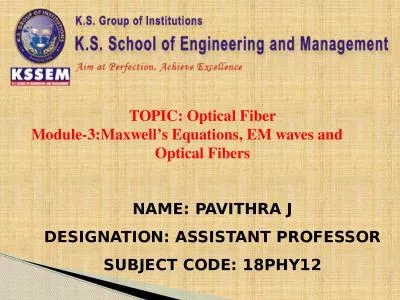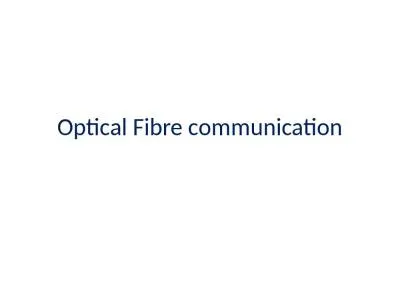PPT-High-capacity Optical
Author : pasty-toler | Published Date : 2019-11-07
Highcapacity Optical Communications Using OAMbased Space Division Multiplexing Yongxiong Ren yongxioruscedu Advisor Prof Alan E Willner Nov 18th 2016 Acknowledge
Presentation Embed Code
Download Presentation
Download Presentation The PPT/PDF document "High-capacity Optical" is the property of its rightful owner. Permission is granted to download and print the materials on this website for personal, non-commercial use only, and to display it on your personal computer provided you do not modify the materials and that you retain all copyright notices contained in the materials. By downloading content from our website, you accept the terms of this agreement.
High-capacity Optical: Transcript
Download Rules Of Document
"High-capacity Optical"The content belongs to its owner. You may download and print it for personal use, without modification, and keep all copyright notices. By downloading, you agree to these terms.
Related Documents

